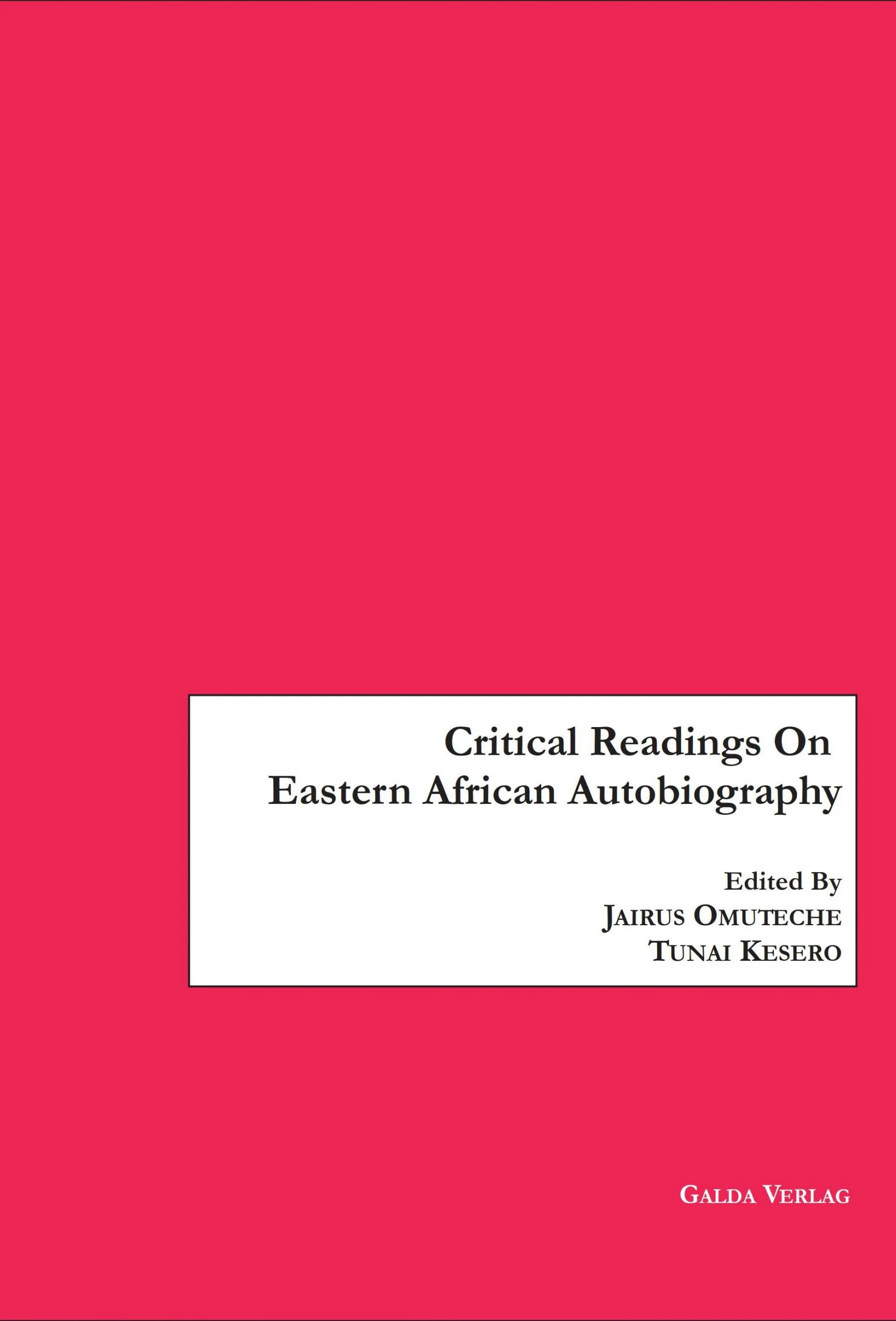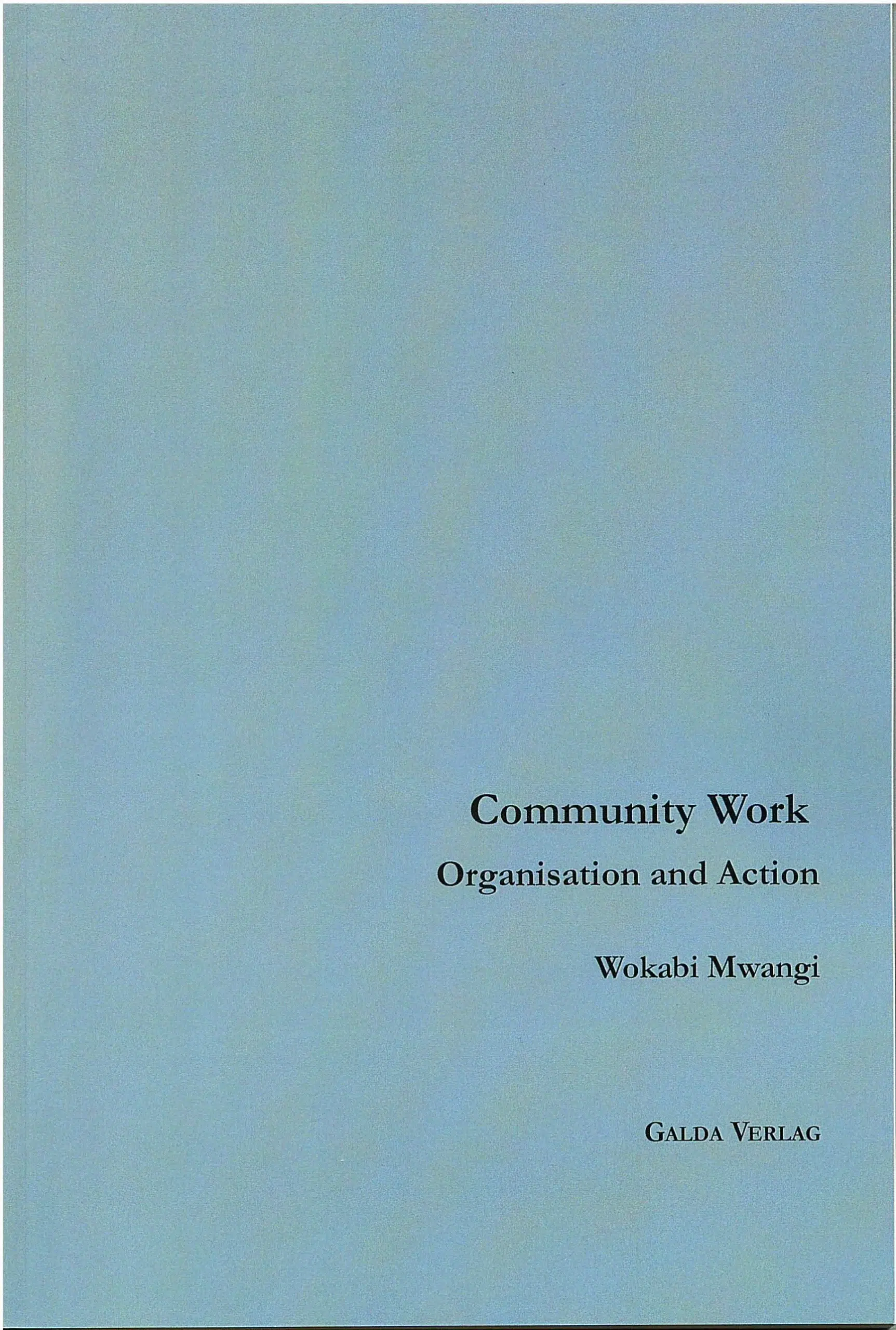Shepherding the Future: Fulani Pastoralists’ Access to Primary Education in Southwest Nigeria
Shepherding the Future: Fulani Pastoralists’ Access to Primary Education in Southwest Nigeria
| Author | |
|---|---|
| ISBN | |
| Publication Date | July 18, 2025 |
| Size | |
| No. of Pages | 148 including 9 coloured Pages, 168 |
| Binding | Paperback |
€58.00
This book emanated from a doctoral research fieldwork on access to primary school education among the Fulani of southwestern Nigeria. Using thick ethnography, the book examines parental and school factors influencing access and completion of primary education among the research subjects. Perception of western education as inaccurate to building morale and traditional ethics and values, the Fulani do not encourage western education. Preference is given to traditional education which is not class-bond, holistic and expansive in knowledge building. Similarly, the nomadic pattern also discourages regular attendance in school. Poor location of schools, lack of enough teachers, inadequate infrastructures and book materials limit access to western education. Thus, there is higher rate of out of school children and drop outs among the nomadic Fulani of Oyo North and Ibarapa in southwestern Nigeria.
| Author | |
|---|---|
| ISBN | |
| Publication Date | July 18, 2025 |
| Size | |
| No. of Pages | 148 including 9 coloured Pages, 168 |
| Binding | Paperback |
About the authors
Toyin Qudrat Ajala graduated in the Department of Early Childhood Education and Foundation, University of Ibadan with a PhD. She is a researcher.
Aderemi Suleiman Ajala is a professor of anthropology at University of Ibadan, Ibadan Nigeria.
Table of Contents
TABLE OF CONTENTS
Dedication …………………………………………………………………………………………………..i
Acknowledgements ……………………………………………………………………………………iii
List of Tables and Figures …………………………………………………………………………… v
CHAPTER ONE: INTRODUCTION
Background ……………………………………………………………………………………………….. 1
Global Trends in Primary Education: Concerns for Nomadic Communities………………………………….. 3
Theoretical and Methodological Concerns ……………………………………………….. 17
CHAPTER TWO:PRIMAY EDUCATION AND FULANI PASTORALISM IN NIGERIA
Primary Education in Nigeria …………………………………………………………………… 23
Characteristics of Primary School Children ……………………………………………… 25
Education as a Right of the Child ……………………………………………………………… 26
Nomadic Education ………………………………………………………………………………….27
Status of Nomadic Education Programme in Nigeria ……………………………….. 28
Conflict and Access to Primary Education ……………………………………………….. 32
CHAPTER THREE: FULANI PASTORALISTS IN IBARAPA AND OKE-OGUN SOUTHWEST NIGERIA
Origin of the Fulani in Ibarapa and Oke-Ogun Region …………………………….. 35
The Study Population ………………………………………………………………………………..37
CHAPTER FOUR: SCHOOL FACTORS INFLUENCING ENROLMENT AND COMPLETION OF PRIMARY EDUCATION IN FULANI PASTORAL COMMUNITIES
Under the Trees Open Schools …………………………………………………………………. 44
Open-Shed School Buildings …………………………………………………………………….46
Plank-Walled School Buildings ………………………………………………………………… 48
Thatched Roof-Walled School Buildings……………………………………………………49
Modern Concrete-Walled School Buildings ……………………………………………… 51
Learning Resources both Indoor and Outdoor …………………………………………. 64
Indoor Learning Resources ……………………………………………………………………….64
Outdoor Learning Facilities ……………………………………………………………………… 69
CHAPTER FIVE: PARENTAL FACTORS INFLUENCING ENROLMENT AND COMPLETION OF PRIMARY EDUCATION IN FULANI PASTORAL COMMUNITIES IN IBARAPA AND OKE-OGUN REGION
Parental Levels of Education ……………………………………………………………………..75
Parental Information About Western Education ………………………………………. 78
Ethnocentric Perception of Fulani Cultural/Traditional Socialization Patterns ………………………………………………………………………………..79
Parents’ Concerns for School Facilities………………………………………………………82
Parental Occupation and Income Levels …………………………………………………… 83
Other Factors Related to Parents Factors ………………………………………………….. 85
CHAPTER SIX: CONCLUSION
Community Based Approaches …………………………………………………………………93
Government and Insttitutional Based Approaches ……………………………………. 94
Bibliography ……………………………………………………………………………………………..97
Appendix ………………………………………………………………………………………………..121
Index ………………………………………………………………………………………………………127









